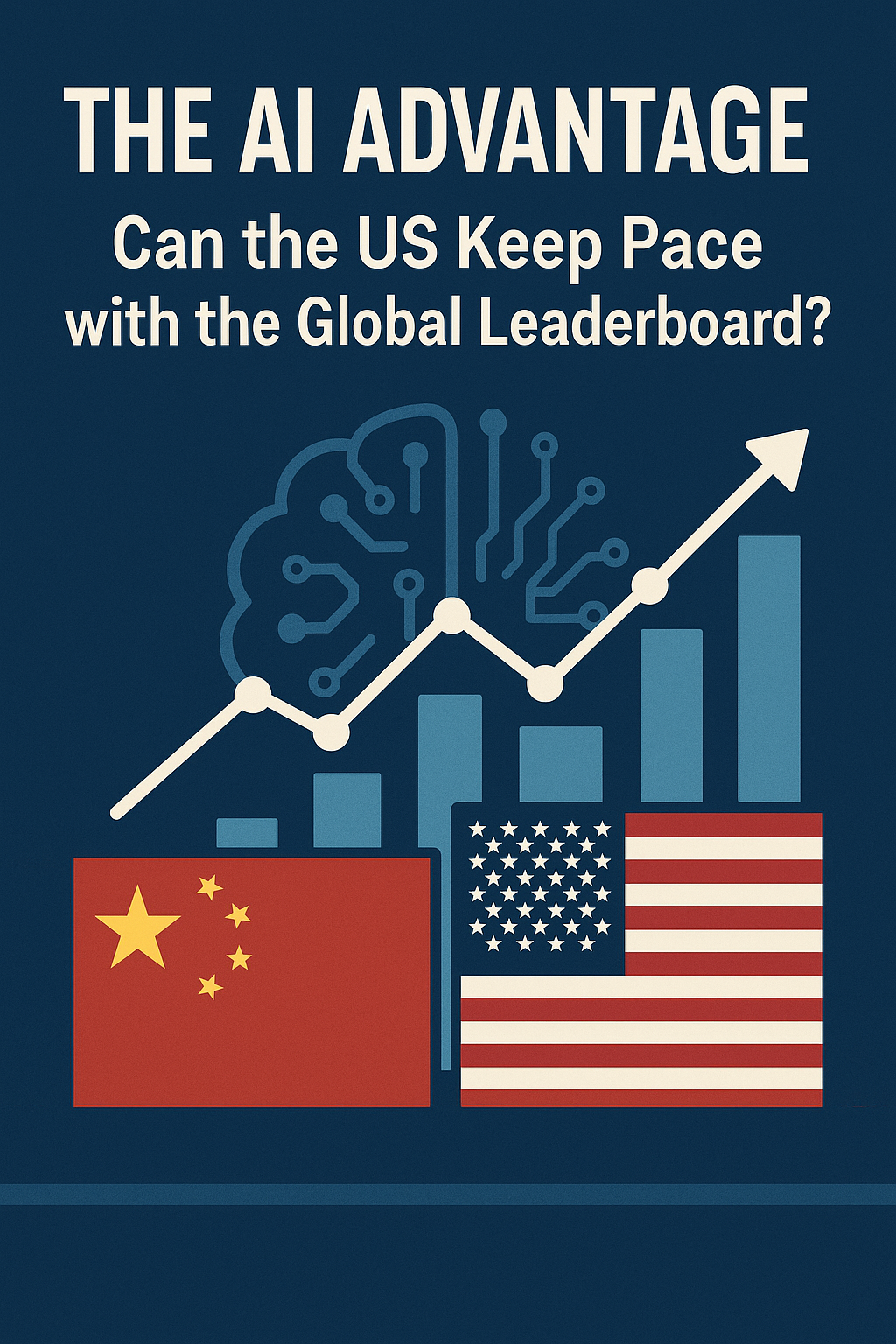
The AI Advantage: Can the US Keep Pace with the Global Leaderboard?
Translate this article
As we navigate the complexities of the modern economy, one thing is clear: artificial intelligence (AI) is no longer a distant future – it's here, and it's changing the game. But amidst the excitement and potential, a pressing question looms: can the United States afford to fall behind in the AI race?
The answer is a resounding no. In an era where technological innovation is driving growth, competitiveness, and job creation, AI is emerging as a key driver of economic prosperity. According to a recent report by the Hoover Prosperity Program, a think tank dedicated to evidence-based research on institutions and policies that foster economic prosperity, the US can't afford to lag behind in the AI development curve.
So, what's at stake? For starters, AI is transforming industries at an unprecedented pace. From healthcare and finance to transportation and education, AI is revolutionizing the way we live and work. Moreover, AI is creating new job opportunities, not just in tech hubs, but across the country. According to the Bureau of Labor Statistics, employment of AI and machine learning engineers is projected to grow 31% by 2030, much faster than the average for all occupations.
However, the US is facing stiff competition from other nations, particularly China, which is investing heavily in AI research and development. In 2020, China accounted for over 40% of the world's AI research publications, while the US accounted for around 25%. This disparity is not merely a matter of pride; it has real-world implications for innovation, entrepreneurship, and economic growth.
So, what can be done to close the gap? First and foremost, policymakers must prioritize AI research and development, investing in initiatives that foster collaboration between academia, industry, and government. This includes strengthening funding for AI-related research grants, supporting the development of AI talent pipelines, and creating regulatory frameworks that encourage innovation while protecting consumer interests.
Secondly, the US must address the skills gap that threatens to undermine AI adoption. As AI becomes increasingly pervasive, workers will need to develop new skills to remain competitive. This means investing in education and training programs that emphasize AI literacy, data science, and programming.
Finally, the private sector must play a critical role in driving AI innovation. Companies must prioritize AI investment, recognizing the long-term benefits of AI adoption, including improved efficiency, increased productivity, and competitive advantage.
In conclusion, the US can't afford to fall behind in the AI race. The stakes are high, and the potential rewards are considerable. By prioritizing AI research, education, and innovation. With the new executive order that was signed by the US government is a push to sustain US as leader in the global economy, driving growth, prosperity, and opportunity for generations to come.
About the Author

Jack Carter
Jack Carter is an AI Correspondent from United States of America.
Recent Articles
Subscribe to Newsletter
Enter your email address to register to our newsletter subscription!